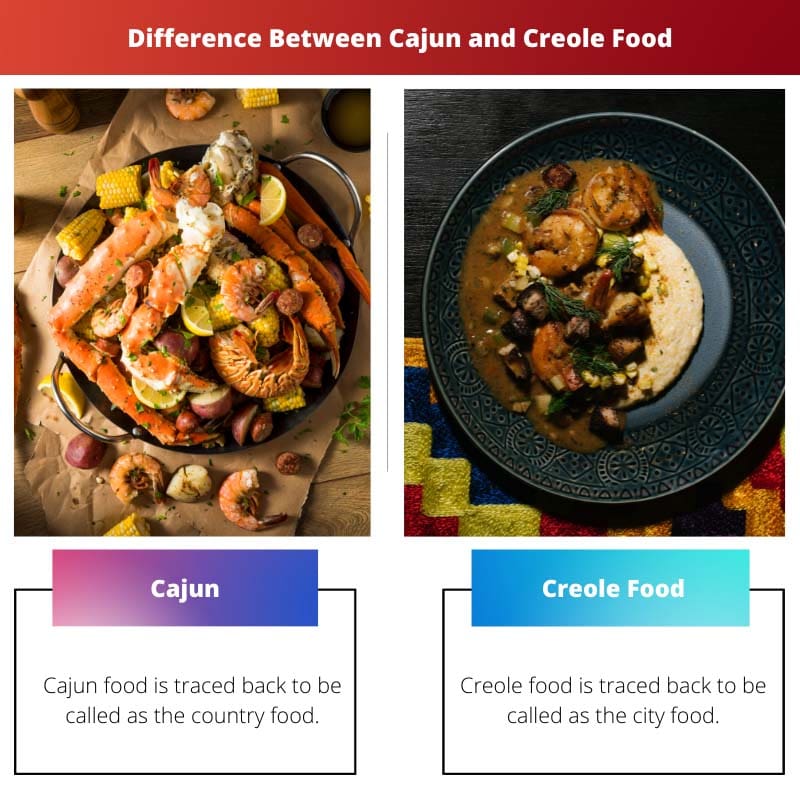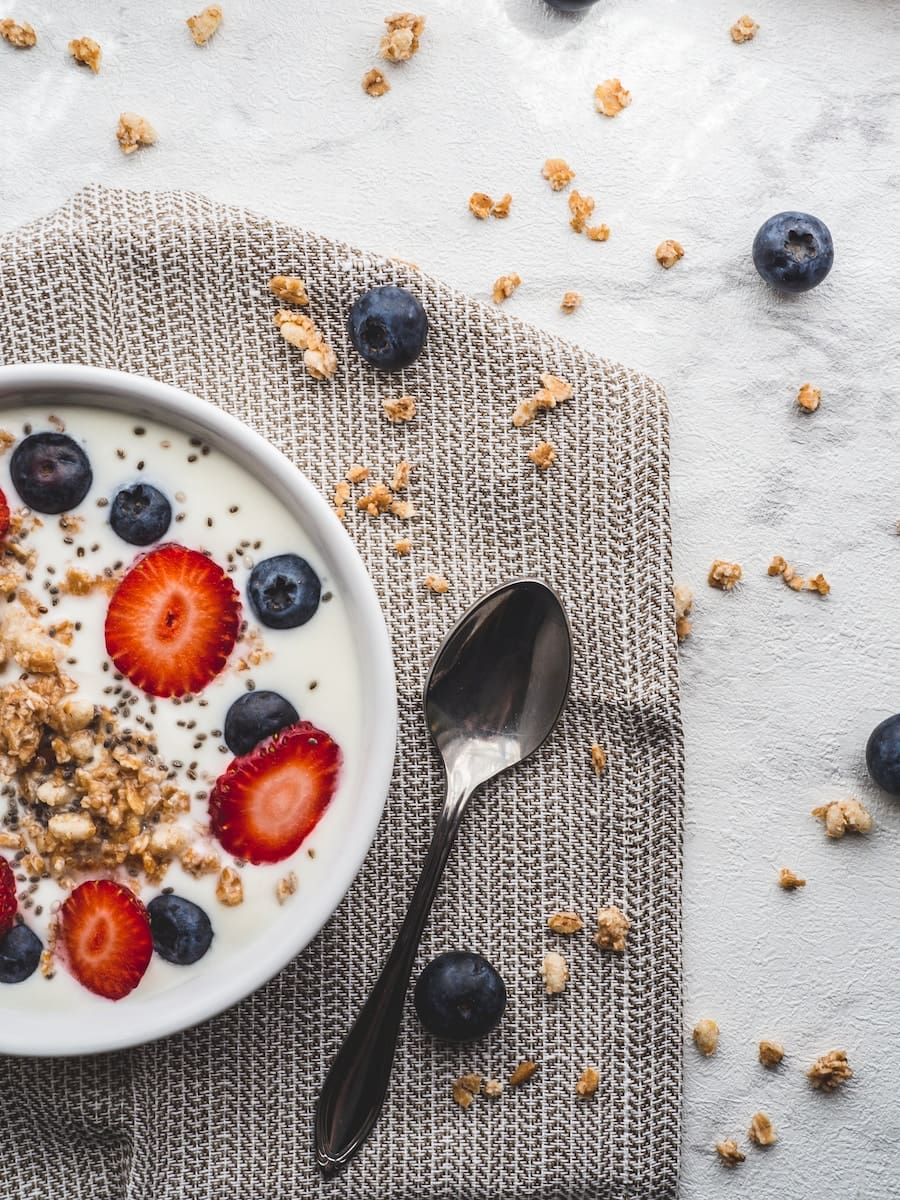Cajun food originates from the Acadian descendants in Louisiana and features bold, rustic flavors with influences from French, Spanish, and African cuisines. It includes dishes like gumbo, jambalaya, and etouffee, known for their hearty and spicy profiles. Creole cuisine, on the other hand, developed in New Orleans and incorporates more diverse influences, including French, Spanish, African, Caribbean, and Native American culinary traditions.
Key Takeaways
- Cajun cuisine originates from French-speaking Acadians who settled in Louisiana, while Creole cuisine is a blend of French, Spanish, African, and Native American influences.
- Cajun dishes use a “holy trinity” of onions, bell peppers, and celery as a flavor base, while Creole dishes incorporate tomatoes as a key ingredient.
- Cajun cuisine tends to be rustic and heavily seasoned with spices, while Creole cuisine is more refined and characterized by a wider variety of ingredients and complex sauces.
Cajun vs Creole Food
Cajun cuisine originated with the Acadians, French-speaking people who settled in Louisiana in the 18th century, characterized by its hearty, rustic, and spicy flavors. Creole cuisine has more diverse influences and is a fusion of French, Spanish, African, and Native American cuisines.
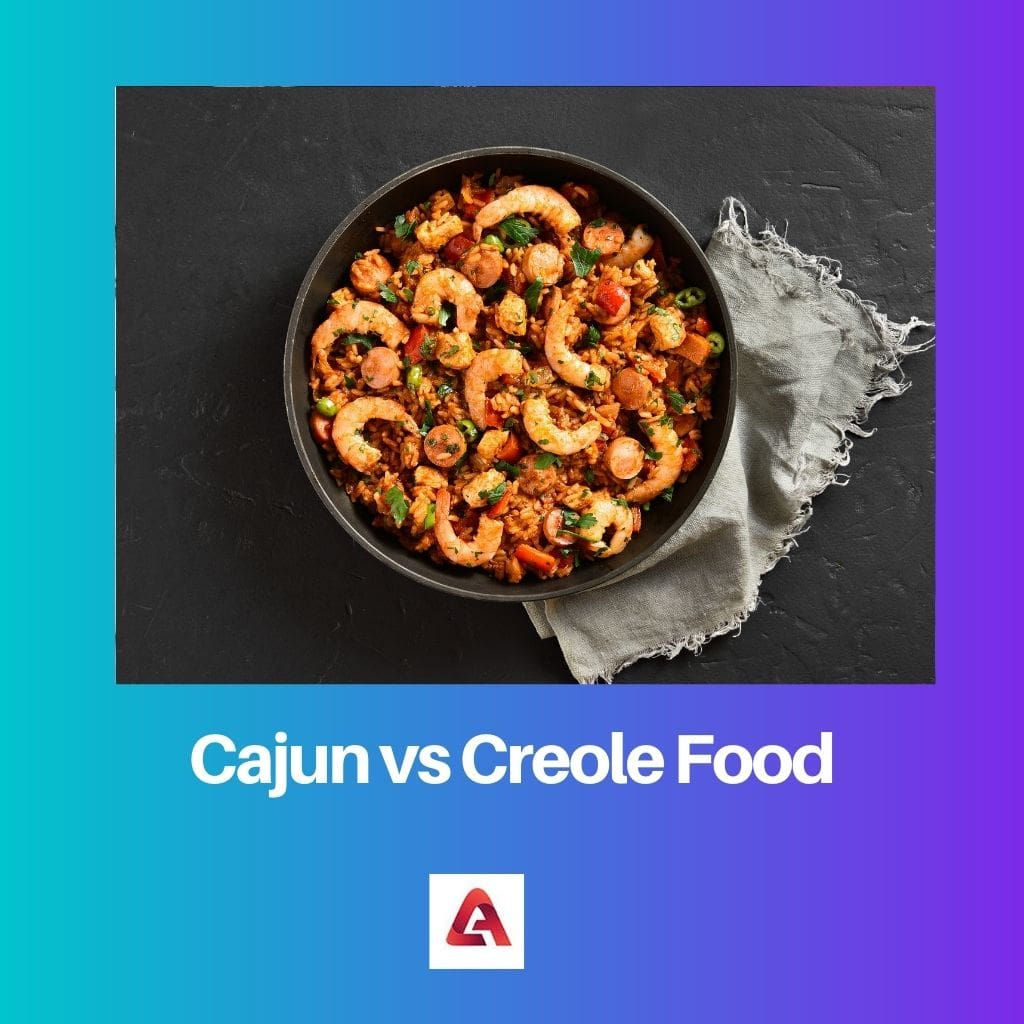
For the preparation of Creole cuisine, people had access to local markets, and the servants of rich houses would prepare it for them. The other differences lie in the cultural heritage and seasoning methods shown in the comparison table below.
Comparison Table
| Feature | Cajun Food | Creole Food |
|---|---|---|
| Origin | Rural Acadians (French Canadians) who settled in southwest Louisiana | Urban areas of New Orleans, Louisiana, developed by people of various ethnicities (French, Spanish, African, Caribbean) |
| Style | Rustic, “country food,” focuses on resourceful use of available ingredients | More refined, “city food,” with influences from various cultures |
| Spiciness | Generally spicier, using cayenne pepper | Milder, uses a wider range of spices and herbs |
| Ingredients | More emphasis on pork, crawfish, andouille sausage, okra | More emphasis on seafood (shrimp, oysters, crab), tomatoes, bell peppers, file powder |
| Representative Dishes | Gumbo (dark roux, no tomatoes), jambalaya (no tomatoes), boudin sausage, étouffée | Gumbo (lighter roux, with tomatoes), jambalaya (may include tomatoes), shrimp remoulade, court bouillon, oysters Rockefeller |
| Overall | Hearty, flavorful, down-to-earth | Richer, more complex flavors, influenced by a wider variety of cultures |
What is Cajun Food?
Key Ingredients and Flavors
Cajun cuisine is characterized by its bold and robust flavors, achieved through the generous use of spices and aromatic vegetables. Key ingredients in Cajun cooking include:
- Holy Trinity: Similar to the French mirepoix, the Cajun holy trinity consists of onions, bell peppers, and celery, which form the base of many dishes.
- Spices: Cajun seasoning blends include ingredients like paprika, cayenne pepper, garlic powder, onion powder, and thyme, contributing to the cuisine’s signature spicy and aromatic profile.
- Seafood: Given Louisiana’s proximity to the Gulf of Mexico, seafood plays a prominent role in Cajun cuisine. Shrimp, crawfish, crab, oysters, and catfish are commonly used in dishes like gumbo, étouffée, and seafood boils.
- Andouille Sausage: A spicy, smoked pork sausage that adds depth of flavor to many Cajun dishes.
Popular Cajun Dishes
Cajun cuisine boasts a diverse array of dishes, each bursting with flavor and cultural significance. Some of the most iconic Cajun dishes include:
- Gumbo: A hearty stew made with a roux (a mixture of flour and fat), the holy trinity, seafood, and/or meats like chicken, sausage, or duck. Gumbo variations abound, including seafood gumbo, chicken and sausage gumbo, and okra gumbo.
- Jambalaya: A one-pot dish featuring rice cooked with a flavorful combination of meats, such as sausage, chicken, and sometimes seafood, along with the holy trinity and Cajun spices.
- Crawfish Étouffée: Crawfish tails smothered in a rich and spicy sauce made with the holy trinity, tomatoes, and Cajun seasonings, served over rice.
- Red Beans and Rice: A comforting dish made with red beans simmered with seasonings, including andouille sausage or ham hock, served over rice.
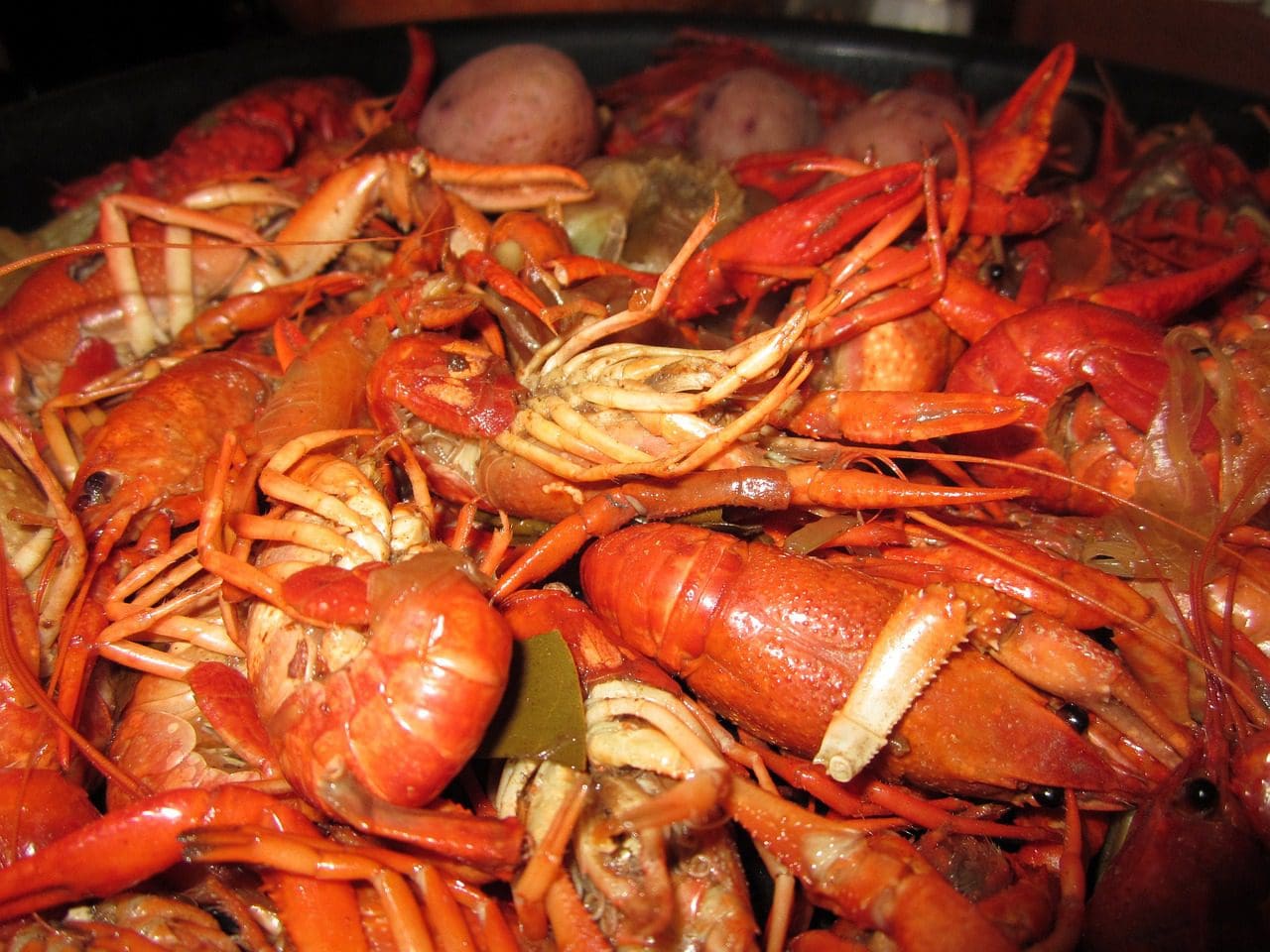
What is Creole Food?
Key Ingredients and Flavors
Creole cuisine is characterized by its complex flavors, refined techniques, and elegant presentations. Key ingredients and flavors in Creole cooking include:
- Tomatoes and Bell Peppers: Unlike Cajun cuisine, which traditionally relies on a roux as a base, Creole dishes incorporate tomatoes and bell peppers, lending a slightly sweet and tangy flavor profile.
- Seafood: With its proximity to the Gulf of Mexico, Creole cuisine prominently features seafood, including shrimp, oysters, crab, and fish, in dishes like shrimp Creole, oyster Rockefeller, and seafood gumbo.
- Herbs and Spices: Creole dishes are seasoned with a variety of herbs and spices, including thyme, bay leaves, parsley, and cayenne pepper, contributing to the cuisine’s rich and aromatic flavors.
- Rice: A staple in Creole cuisine, rice is served as a side dish or as the base for dishes like jambalaya and shrimp Creole.
- Gourmet Ingredients: Creole cuisine incorporates gourmet ingredients such as truffles, foie gras, and rich sauces, reflecting the cuisine’s association with fine dining and sophistication.
Popular Creole Dishes
Creole cuisine boasts a diverse array of dishes, ranging from comforting classics to elegant delicacies. Some of the most iconic Creole dishes include:
- Shrimp Creole: A dish featuring shrimp simmered in a tomato-based sauce with the holy trinity (onions, bell peppers, and celery), Creole spices, and served over rice.
- Crawfish Étouffée: Similar to its Cajun counterpart, Creole crawfish étouffée features crawfish tails smothered in a savory sauce made with tomatoes, bell peppers, onions, and Creole seasonings.
- Gumbo Creole: A variation of gumbo that incorporates tomatoes along with the traditional roux, creating a slightly different flavor profile than Cajun gumbo.
- Bananas Foster: A decadent dessert made with bananas sautéed in butter, brown sugar, cinnamon, and rum, flambeed tableside and served over vanilla ice cream.
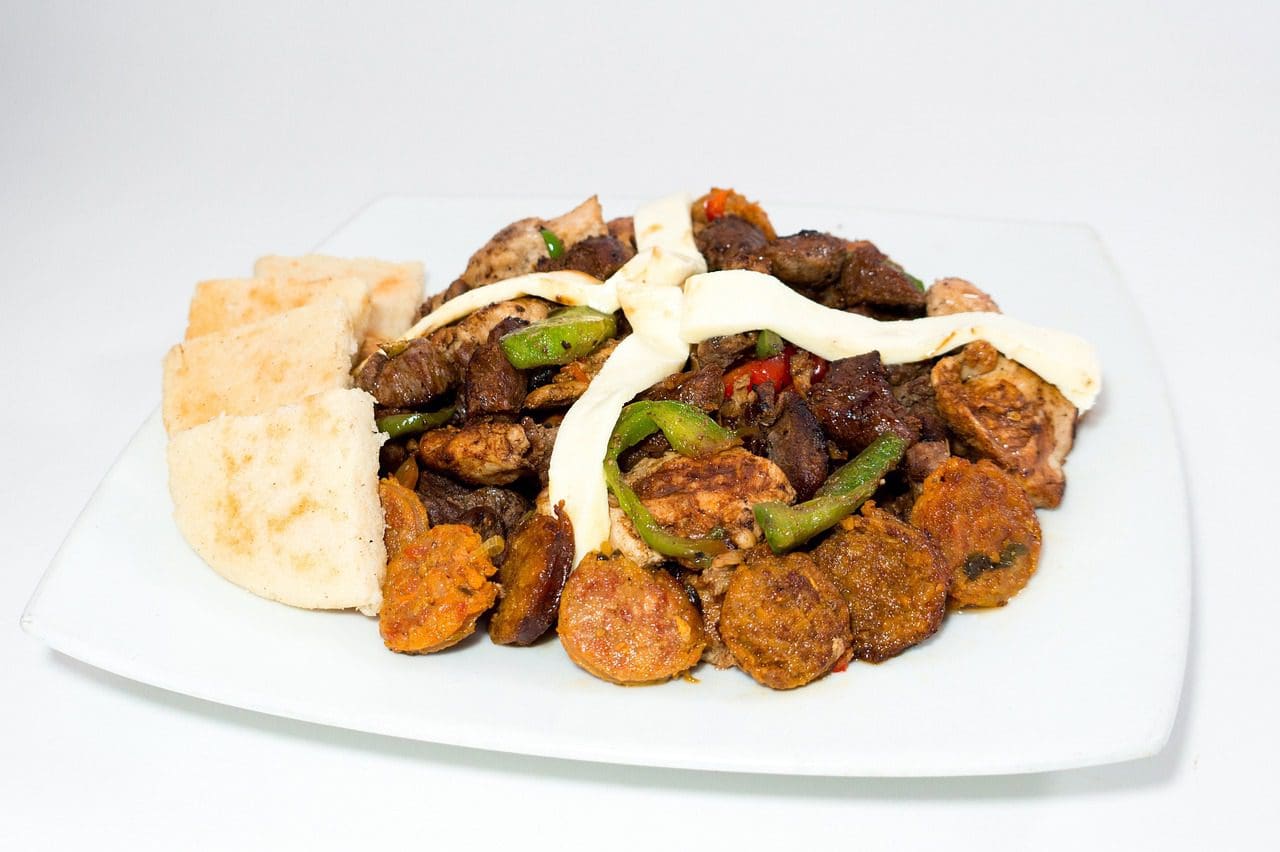
Main Differences Between Cajun and Creole Food
- Cultural Influences:
- Cajun food is associated with the Acadian people, who were French colonists deported from Canada, and it reflects a rustic, hearty style of cooking.
- Creole cuisine, on the other hand, has more diverse influences, including French, Spanish, African, and Native American, due to New Orleans being a melting pot of cultures.
- Ingredients:
- Cajun cuisine features ingredients readily available in Louisiana swamps, such as crawfish, andouille sausage, and game meats.
- Creole cuisine incorporates more diverse and luxurious ingredients, including tomatoes, okra, and a wider range of spices and herbs.
- Spice Level:
- Cajun food is known for its bold, spicy flavors, achieved through the use of cayenne pepper, paprika, and other robust spices.
- Creole dishes tend to be milder, with a more nuanced flavor profile, utilizing a blend of spices rather than relying heavily on heat.
- Rice:
- Rice is a staple in both cuisines, but the way it’s prepared can differ. Cajun dishes feature rice as a side, while Creole cuisine incorporates rice into the main dish, such as in jambalaya or gumbo.
- Cooking Techniques:
- Cajun cooking frequently involves one-pot dishes, like gumbo and étouffée, emphasizing simplicity and hearty flavors.
- Creole cuisine is associated with more elaborate and refined cooking techniques, showcasing a broader range of culinary skills.
- Regional Variations:
- Cajun cuisine is more prevalent in rural areas of Louisiana, with a focus on traditional, down-to-earth dishes.
- Creole cuisine is associated with the urban center of New Orleans, where diverse cultural influences have resulted in a more sophisticated and cosmopolitan culinary scene.
